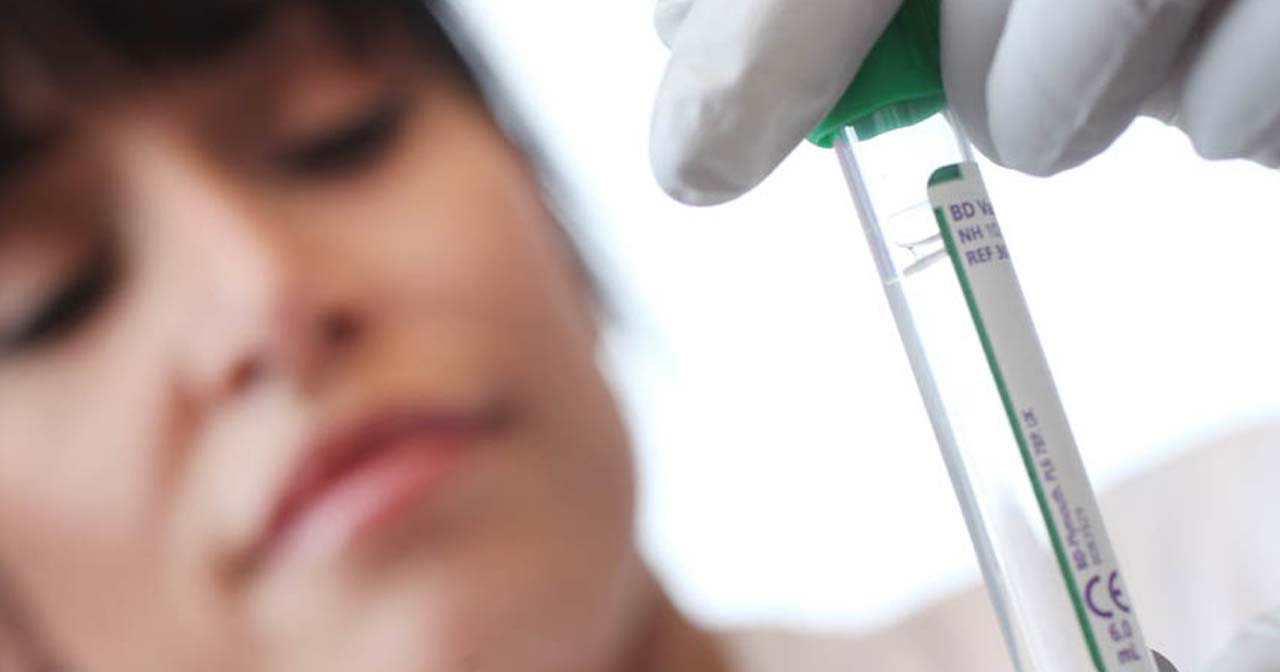- Other Products
- CCP
Paraneoplastic Neurologic Syndromes (PNS) are rare, mainly autoimmune, disorders that affect the nervous system. They are associated with cancer but are not caused directly by tumor invasion, treatment, or metastasis.
PNS can affect any part of the nervous system and can have several clinical manifestations; the most important, so-called high-risk phenotypes are:


Paraneoplastic Neurologic Syndromes (PNS) are rare, mainly autoimmune, disorders that affect the nervous system. They are associated with cancer but are not caused directly by tumor invasion, treatment, or metastasis.
PNS can affect any part of the nervous system and can have several clinical manifestations; the most important, so-called high-risk phenotypes are:
Early diagnosis of PNS is essential as delays can cause irreversible neurological damage. However, diagnosis is often complicated as the symptoms of the PNS often precede those of the malignancy. Moreover, the diagnosis of PNS requires the exclude direct effects of cancer on the nervous system. Often, a combination of clinical and laboratory methods is needed to reach a diagnosis early.
In 2004, a panel of experts created a set of diagnostic criteria for PNS that became a standard for research and clinical purposes. However, there have been many advances in the field since then, including the discovery of new autoantibody targets, which have led to a need to update the criteria. Two years ago, a new panel of experts began the task of updating the guidelines. Their conclusions have recently been published in a recent paper by Graus and colleagues.
In summary, the new guidelines have introduced the terms high-risk and intermediate-risk for syndromes and antibodies. In addition, three levels of evidence have been established: definite, probable, and possible.
Taken together, these guidelines should lead to improved standardization in the diagnosis and research of PNS and ultimately lead to better diagnosis and treatment of patients.
At Wieslab, we use the gold standard referred to in the guidelines, which means that tests are performed with two detection methods, including tissue immunohistochemistry/immunofluorescence (IHC/IF) accompanied by confirmatory tests using immunoblot with recombinant proteins.
The panel for PNS suspicion can be ordered as an URGENT test – i.e., the test result will be ready within 24 hrs.
Wieslab Diagnostic Services offer a wide range of tests for the diagnosis of neurological disorders. Due to the large number of available antigens, we have divided our tests into specific panels according to their relevance for differential diagnosis and how they are routinely performed in the laboratory: